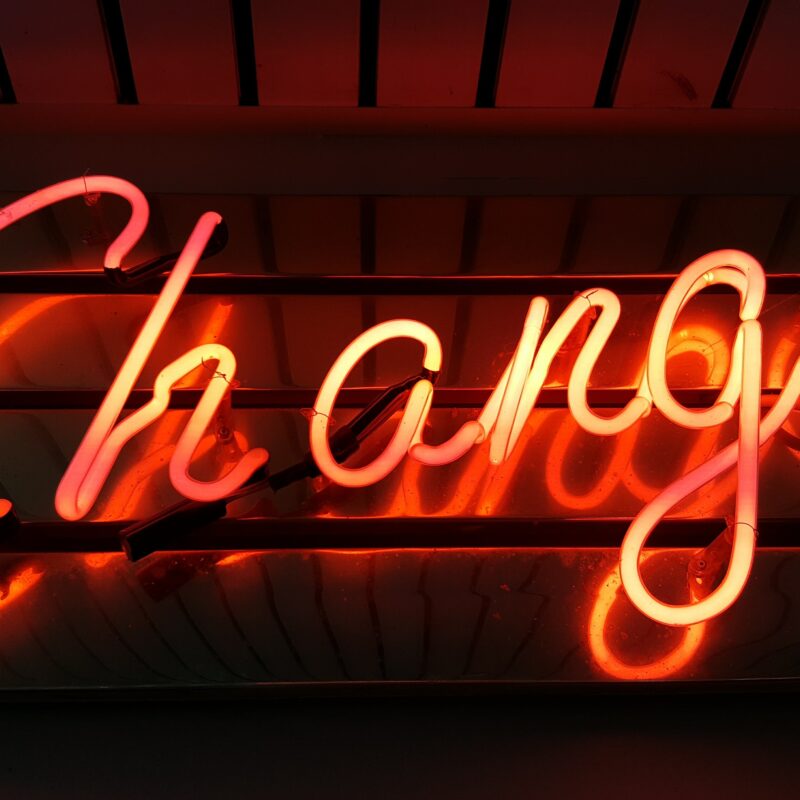Embracing Change

Ask a room of people “hands up if you’ve a desire to improve” and everyone will start to raise their arm. Some will reach high. A desire to improve is a natural part of being human.
Then ask “hands up who likes to change” and the response is often different.
In the world of high performance improvement and change are the same thing.
High performers embrace change.
High performance headlines
The truth is:
- Many people in organisations get hung up on change when they would be better off focusing on improvement
- Drivers for improvement come from a desire to be better than before – wanting to be better than you are now or to be the best you can be. They also come from a desire to be better compared to someone else. Better than the competition
- Attitude and mindset are of key importance here. Rarely will attitude and mindset make as much difference as when we’re talking about improvement and change
The full viewpoint
A quick google search of “change consultant” brings up over twice as many results as “improvement consultant”. In the world of business there’s a whole industry around coping and dealing with change.
In the world of high performance you won’t see many (if any) change consultants. You will see lots of coaches who help people to perform better. Coaches help people look for a performance edge through refinement, creativity and testing – through meticulous planning or just trying something new.
In this world embracing change conjures up images of innovation, new approaches and new ways of doing things. Dick Fosbury’s high jump, a medical technique that saves patients’ lives, an app that allows you to connect with friends wherever they are. Imagine that. In high performance environments people are actively seeking ways to find an do something differently.
Not an option
In highly competitive environments improvement – and change – are not optional.And last time we checked, we couldn’t think of any environments that aren’t competitive – including charity sectors and government.
If you’re in a role where you don’t think you need to improve and change, think again. Even if you simply want to do a good job year on year, then because the world is competitive, you’re going to have to change to stay as good as you are now. Otherwise you go backwards.
Even if your product doesn’t need to improve, your customer service does. If everything is working, you need to do it quicker or better.
It’s about growth
Given that most change is predictable and necessary, it’s actually just about growth.
It isn’t change. It’s improvement, refinement, updating, upgrading and any other number of words that reinforce the need to simply stay relevant.
If people spent more time predicting the changes they think are going to be happening – that they don’t actually know about yet – and then deciding what they’re going to do to be ready to play their part in that change when it happens – that would be a good thing and it’s called performance planning.
It would help to see your part in change usefully. You would be ‘embracing change’! You would be clear on your role – which might be coming up with ideas, testing ideas, making the improvement work, sticking with the change, providing feedback to stimulate new ideas. Or all of these.
Being ready
Given that change is desired, predictable and inevitable – then it’s simply a part of the playing conditions. A necessary part of your world. Accepting that, and learning to love the conditions, means the focus can be on getting ready.
This means getting ready to play your part – choosing the most helpful attitude and bringing your knowledge, skills and experience. You’re then ready to play your part in growth, improvement and changing what can be controlled to give the best chance of success.
Natural desire?
If it’s human nature to have a desire to improve, we also know different personalities and characteristics are a factor. Some people are naturally very curious – always wanting to tinker with something that’s working to make it better.
Others prefer the status quo. Their starting point is ‘if it ain’t broke’ don’t fix it.
When it comes to being a high performer neither is right or wrong. But knowing and accepting what you’re like is part of making the conscious decision to choose your attitude and mindset. That’s the performance and coaching piece, right there.
Choose which attitude is most helpful for your performance challenge and conditions. If you’ve a goal and what you’re doing is not working you will have to change or adjust your goal!
So choose your mindset, focus on improvement and use the contents of this kitbag to help you embrace change and grow.
